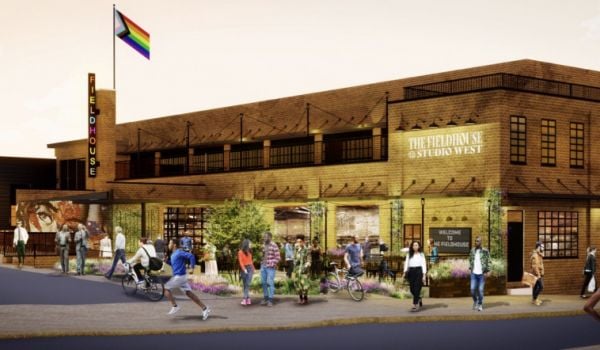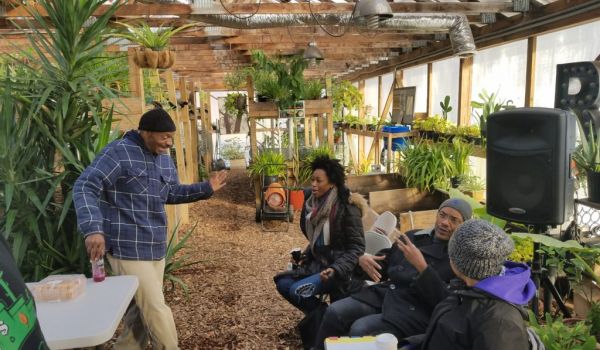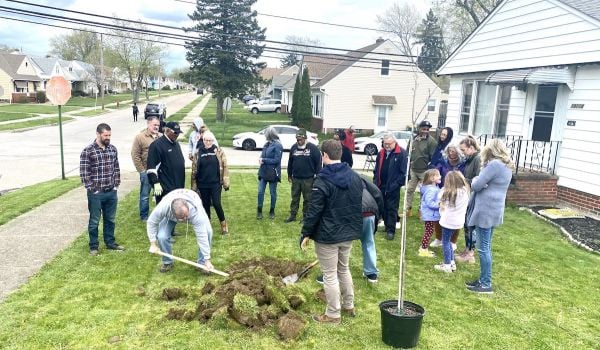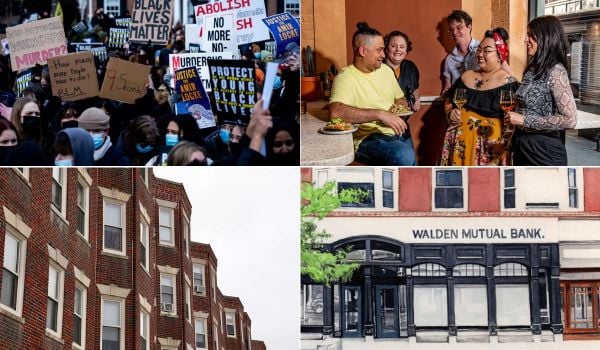Next American Vanguard, the only annual conference dedicated to enlightening, inspiring and networking the next generation of urban leaders, will kick off on Thursday in St. Louis, Mo. In anticipation of the two-day event, NAC will run Q&A interview profiles with several members of this year’s Vanguard class. To read about past Vanguard members, click here.
Marika Shioiri-Clark
Cleveland, Ohio
Soshl Studio, Founder
To Marika Shioiri-Clark, architecture isn’t only about the building itself, but also social issues such as health and sanitation. Shioiri-Clark co-founded the architectural non-profit MASS Design Group, an organization that seeks to set an example for how designers can rethink their role in the world, while still at the Harvard Graduate School of Design. In addition to serving as lead designer on the Butaro hospital project in Rwanda with MASS, which is still commanding the spotlight, she is the founding principal of SOSHL Studio, a firm dedicated to social impact through architecture and design, based in Cleveland, Ohio. Shioiri-Clark served in the first class of fellows at IDEO.org.

Next American City: Both of the non-profits you have founded and co-founded seek to leverage architecture to address social issues. How do you view the potential of the architecture profession?
Marika Shioiri-Clark: I’ve heard architects say that we are the last “generalist” profession — able to look critically at different types of problems from a holistic, macro-level perspective. I like this way of thinking about an architect’s skill set: With this sensibility architects can design buildings to have a stronger impact on people beyond aesthetics and physicality. I see a real potential for this design perspective within the social sector, where the power of architecture is just being realized.
NAC: You were lead architect on Mass Design Group’s Butaro Hospital project, completed last January in the rural Burera District of Rwanda. How did this project inspire a community-level approach?
Shioiri-Clark: When Mass Design Group started work on the Butaro hospital, it quickly became clear to us that we simply didn’t know enough about the context or the people we were designing for. We decided we needed people on the ground in Rwanda. At the time I didn’t realize that often foreign architects, especially in resource-limited areas, spend very little time on the ground, sometimes even sending over drawings without ever having stepped foot on the site. Reading about these projects later, this seemed crazy. Since then, I’ve felt strongly that any successful project needs to involve the surrounding community it in the design process.
NAC: Upon completion of the Butaro project, Partners In Health, with whom you collaborated, acknowledged the power of design professionals — particularly those committed to social justice. What lessons did you learn from this project?
Shioiri-Clark: We really learned from every stage of the project, from both successes and cases where we realized we could have done better. It was fascinating for me to learn about tuberculosis and how the architecture of a building really can have a direct impact on rates of infection. But to see how the community rallied around the project, and the hospital became a civic anchor of the little town of Butaro — which was growing even as the hospital was going up — was the truly inspiring lesson.
Because the hospital needed electricity, many homes nearby were also connected, and because ambulances and hospital workers needed to drive between the site and Kigali meant that the road leading up to Butaro was finally paved, cutting driving time in half. Those ripple effects can be as important as the building itself; you aren’t just talking about the patients who visit the hospital, but all the people in the community who benefit indirectly from its presence.
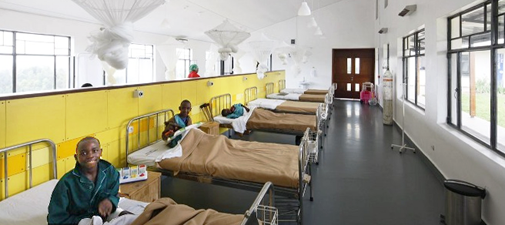
At Butaro Hospital beds face outward to provide patients with a view. Credit: "Soshl Studio":http://soshl.com/Butaro-Hospital
NAC: Through your organizations you have worked closely with the non-profit sector. What are some unique and innovative partnerships that have resulted in more socially conscious architecture?
Shioiri-Clark: Working with non-profits and community-based organizations has always been at the heart of my work, but I don’t think it’s the only way design and architecture can have an impact. Non-profits are interested in ensuring that the projects they take on will have positive community impacts, but there are for-profit companies that also work on some very interesting and innovative projects — and they can sometimes achieve broader results because of their size and resources.
At IDEO.org, I worked with Unilever and Water and Sanitation for the Urban Poor (WSUP) on a project to address a lack of sanitation facilities in Ghana. Unilever is a huge multinational corporation, but is dedicated to a pro-poor model, resulting in some very innovative work. After the product was designed, we developed a branding strategy for the new toilet product called Clean Team. Branding is not something that one often associates with non-profit work, but is really crucial if you want to introduce a new product or service into a community. I think this is an example of a strategy that non-profits can learn from the private sector, and should be challenging themselves to do more of.
NAC: What are you working on now?
Shioiri-Clark: Right now I’m in Nigeria with SOSHL Studio, working on a project about creating safe spaces for adolescent girls. I’ve been conducting interviews and have co-designed and led workshops with girls to get a sense of the kinds of issues they face on a daily basis. Based on our findings, the project may or may not result in an architectural approach. I don’t think physical structures are as important as that the intervention has buy-in from the young women and the people who hold sway in their lives. It’s about responding to individual needs and a context-specific design approach.
Update 10/17/2012: Marika Shiori-Clark has confirmed that her current work in Nigeria is for the Nike Foundation: “Right now I’m in Nigeria with SOSHL Studio, working with the Nike Foundation on their Adolescent Girl Initiative.”


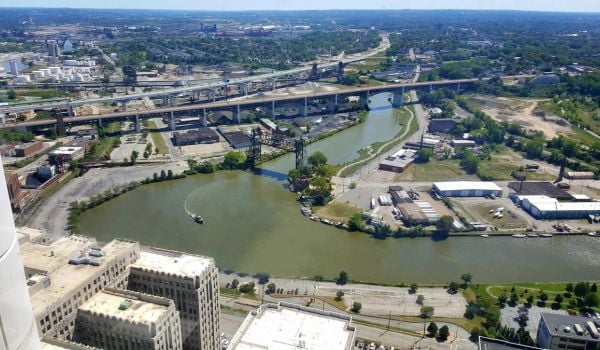
__Sean_Corrigan_from_Cleveland_Sews_(center)__and_Paula_Coggins_from_Oh_Sew_Powerful_(right)_sew_leftover_banners_from_the_NFL_Draft_into_handbags_-_photo_by_Sophie_Kannberg_600_350_80_s_c1.jpeg)
